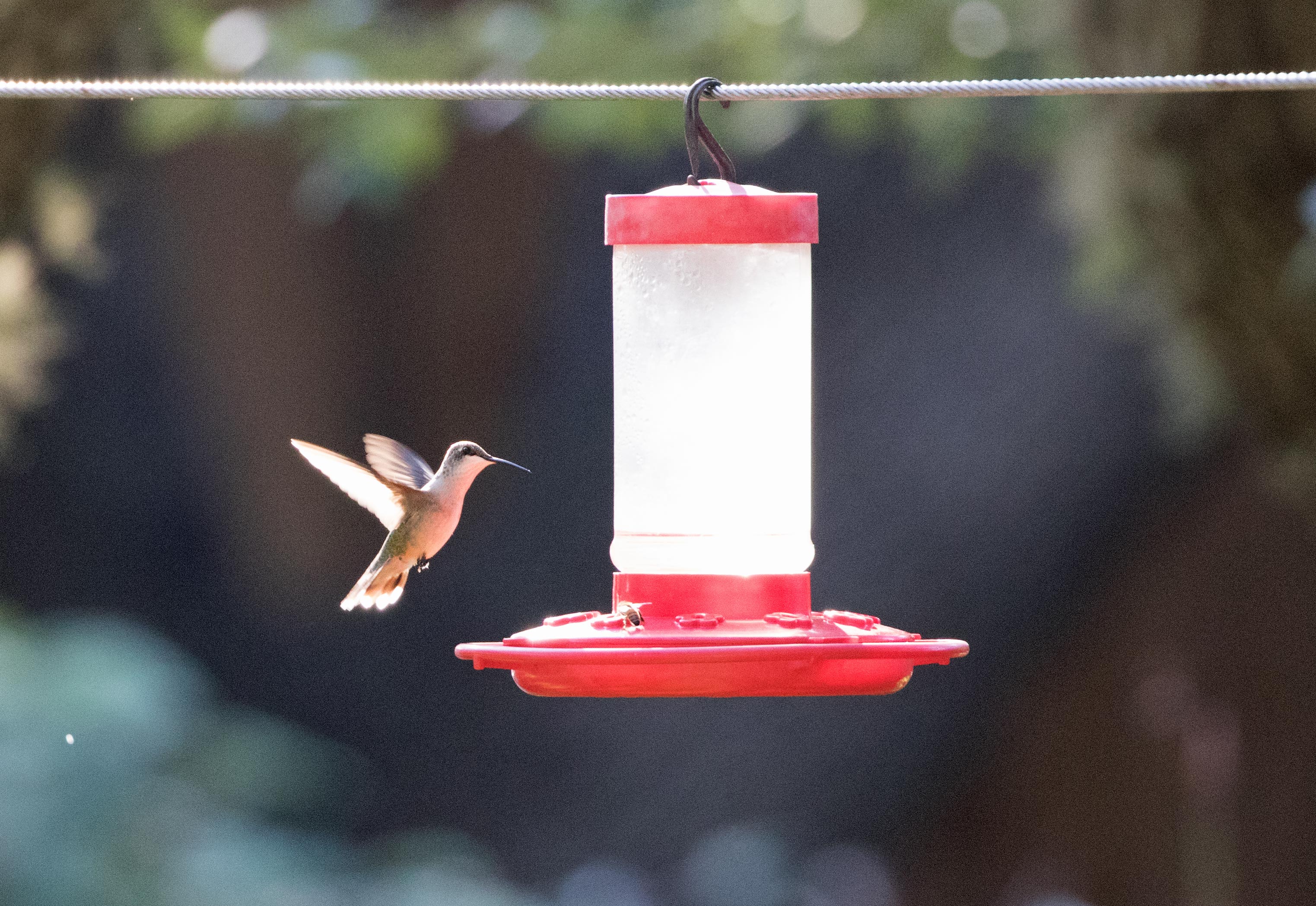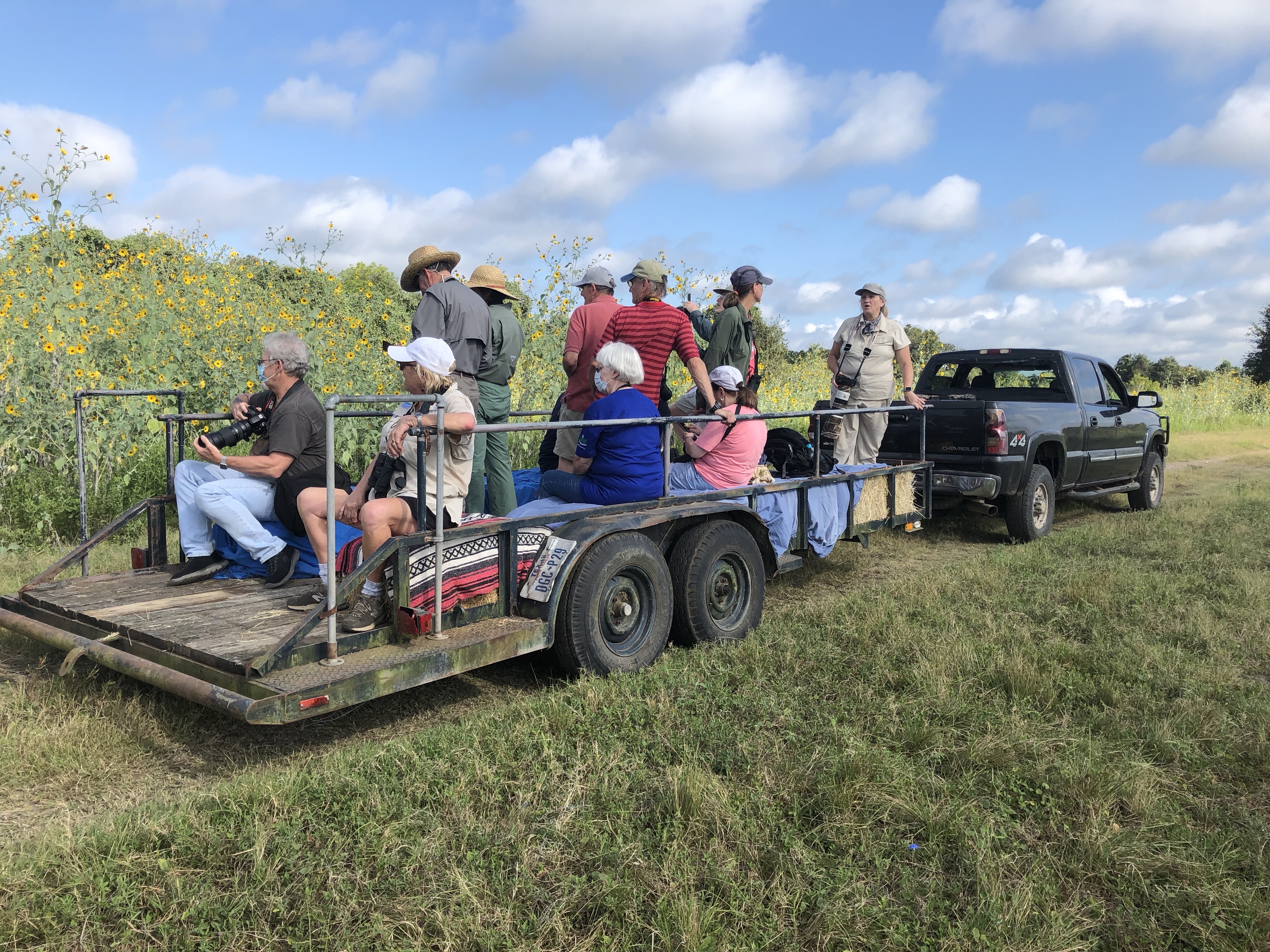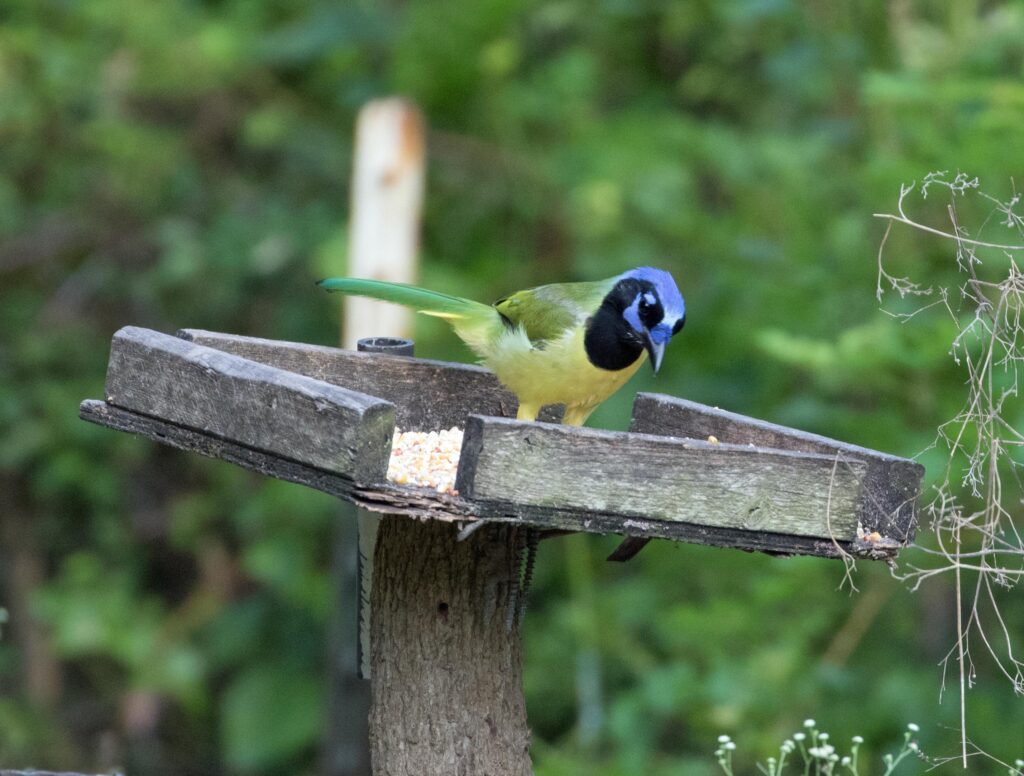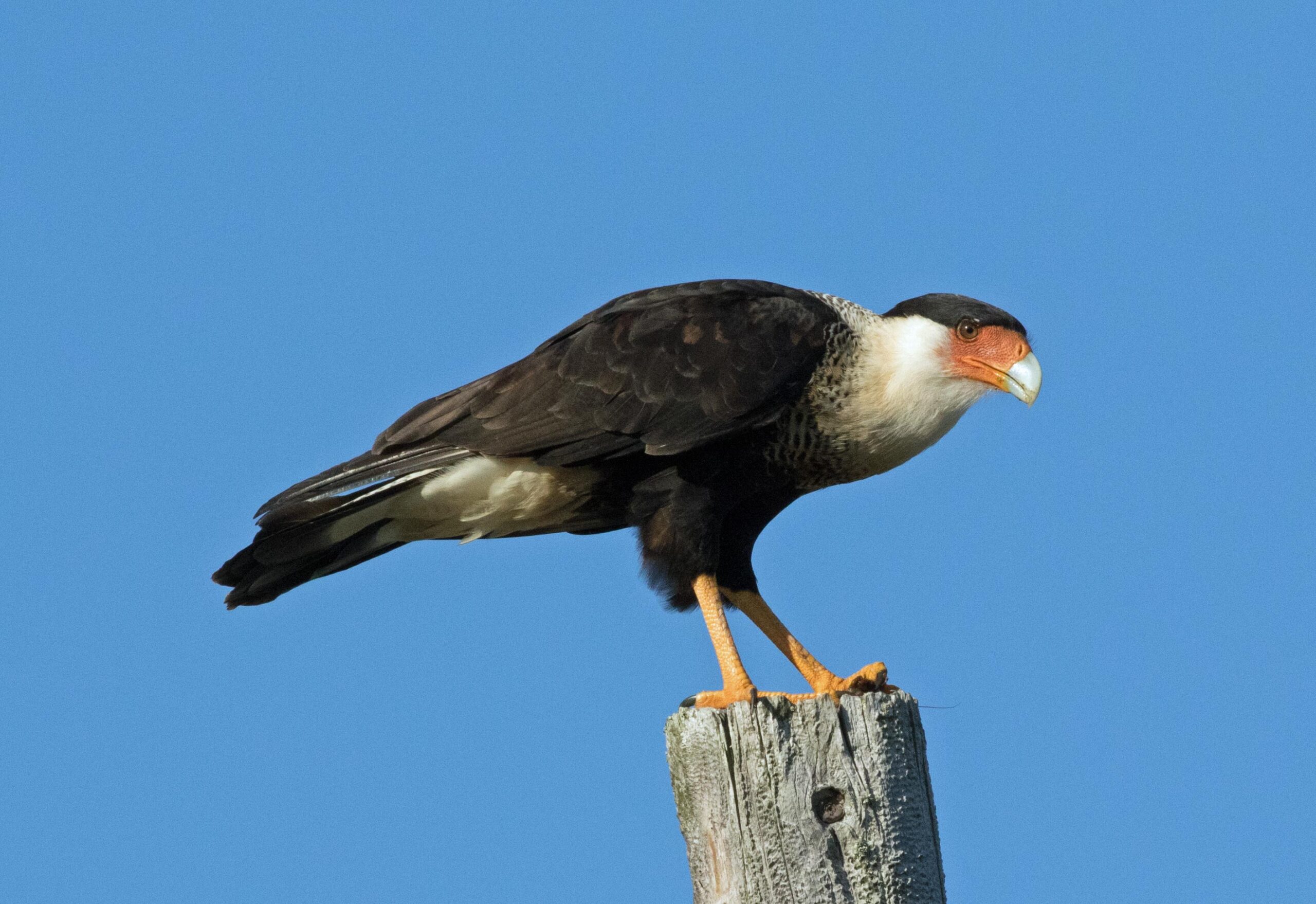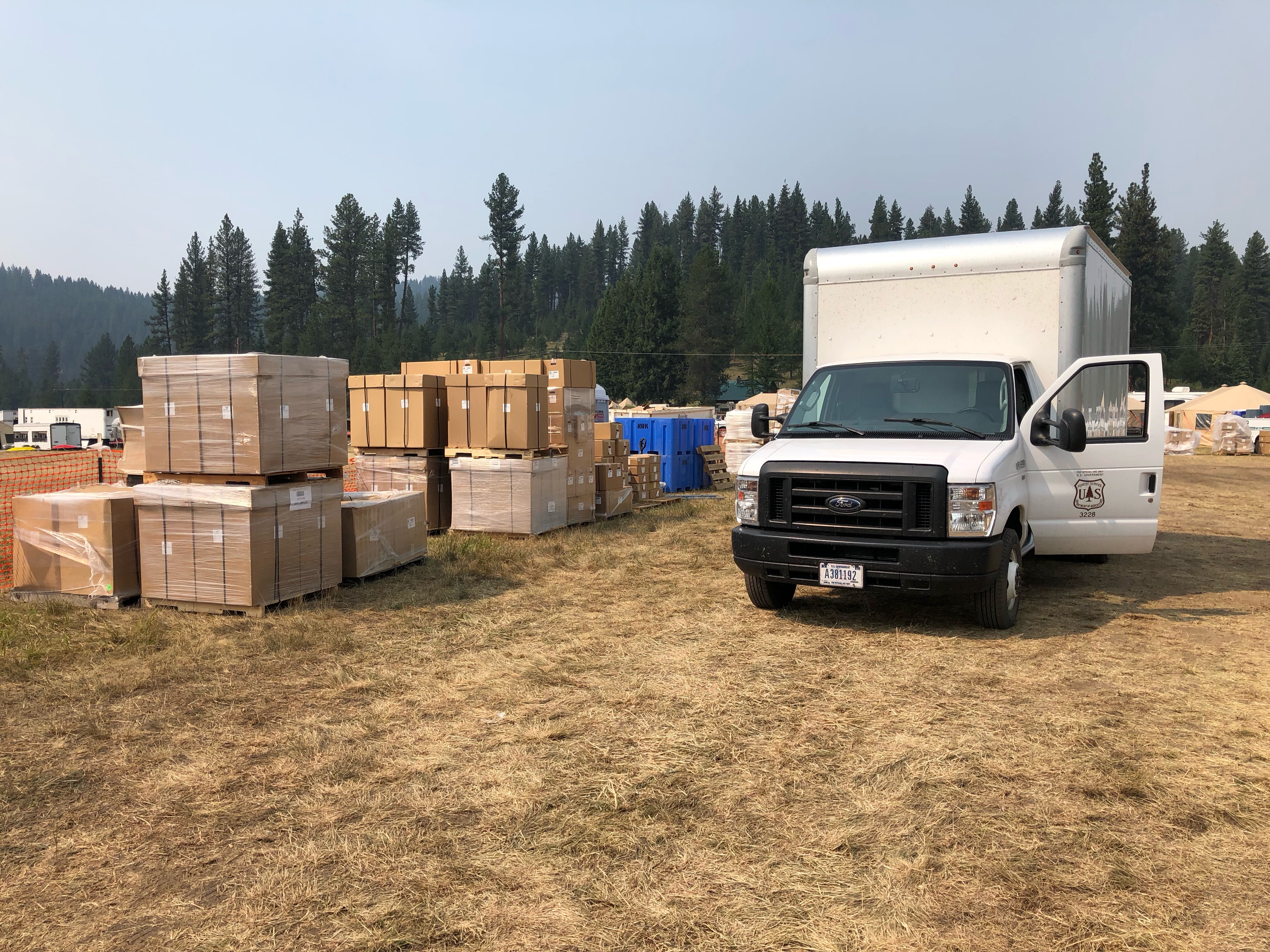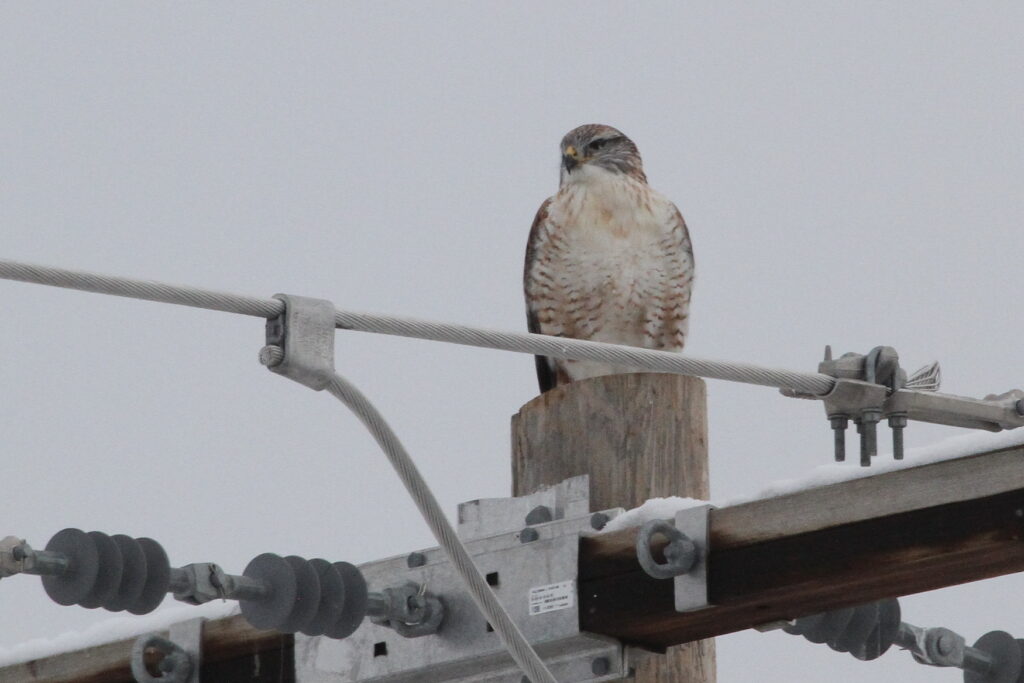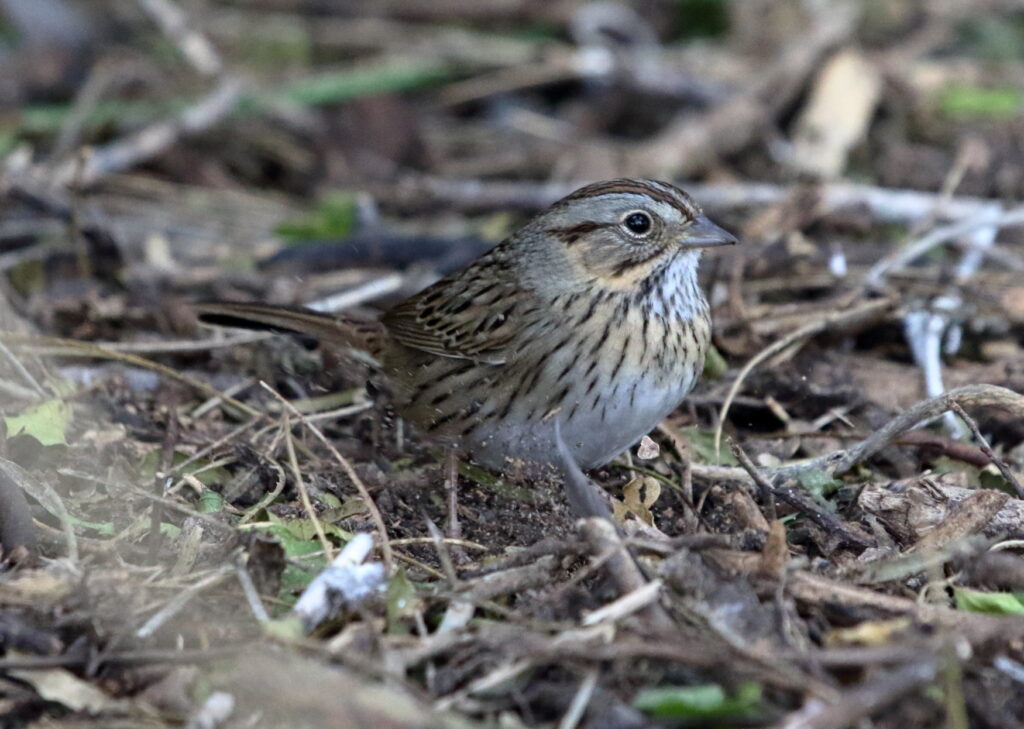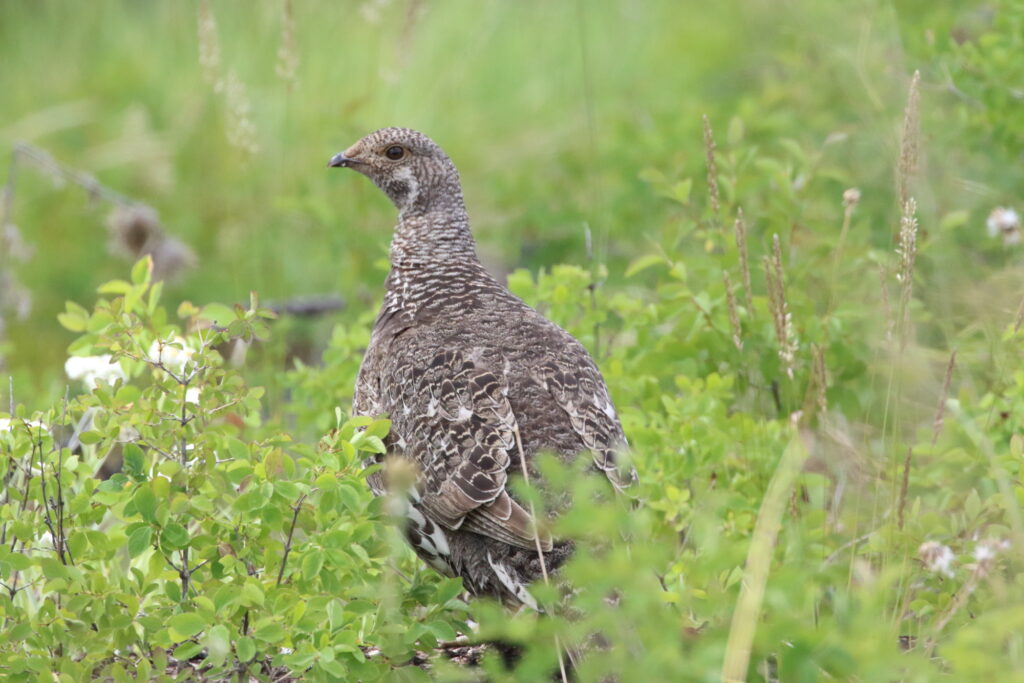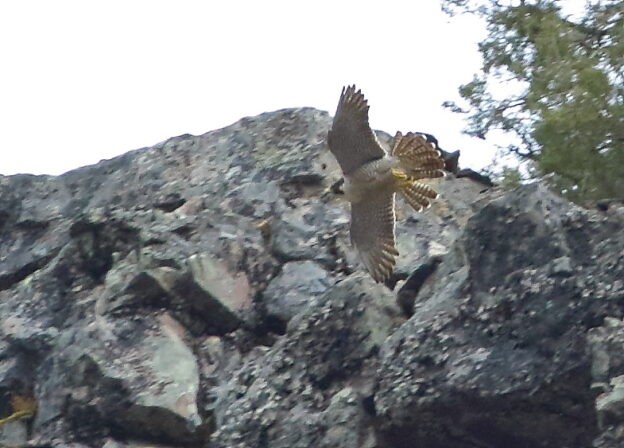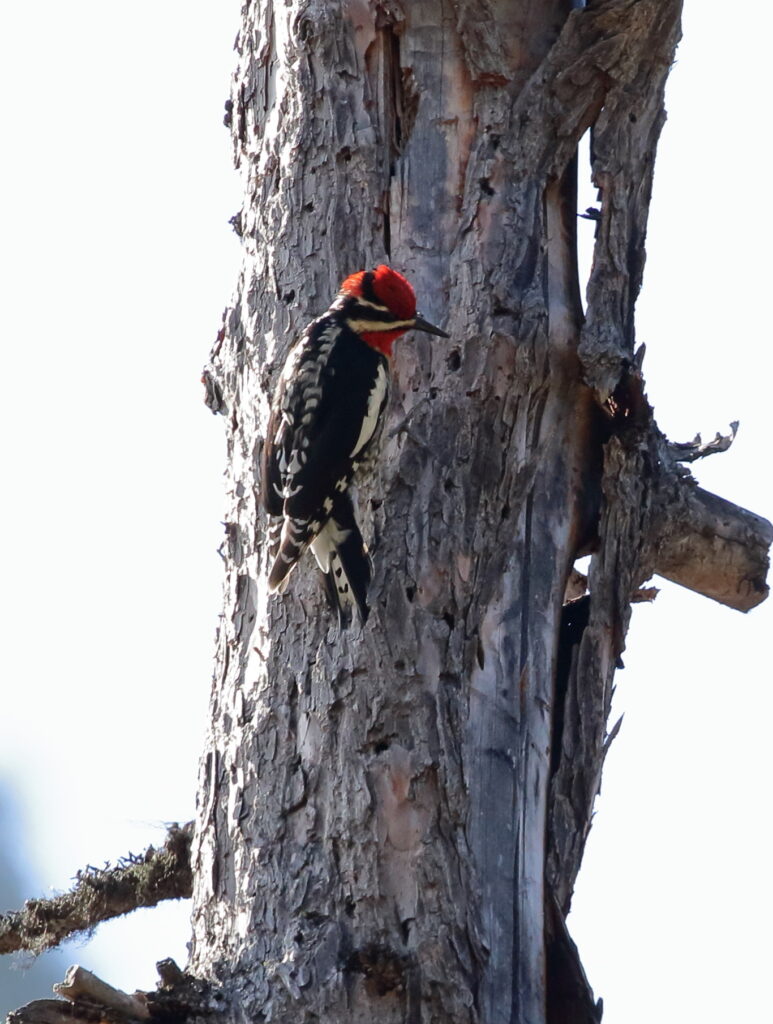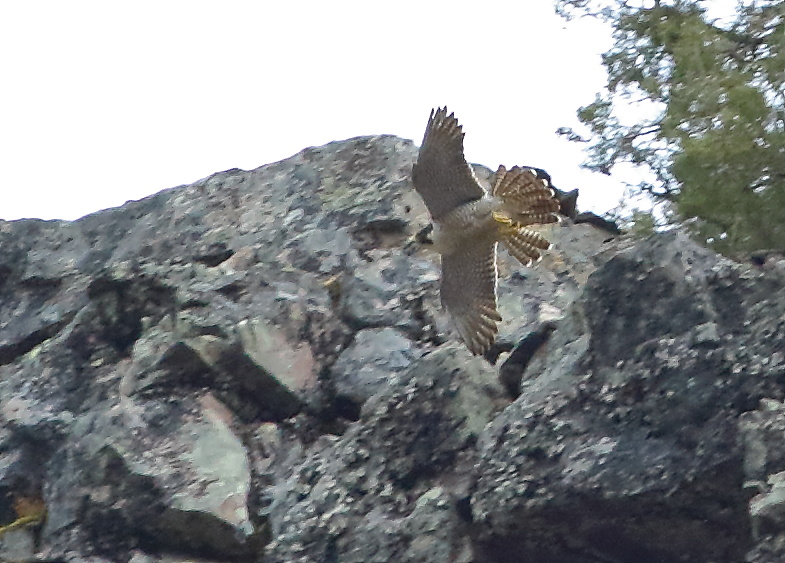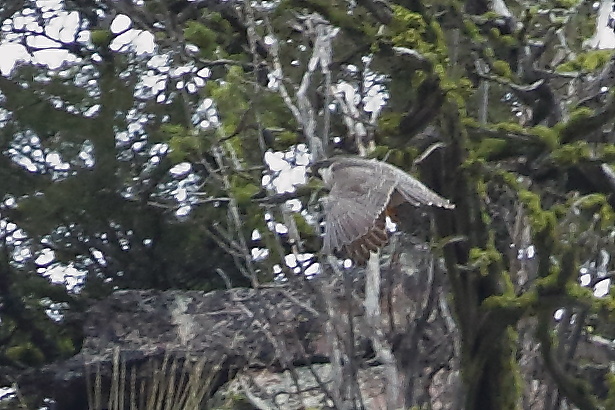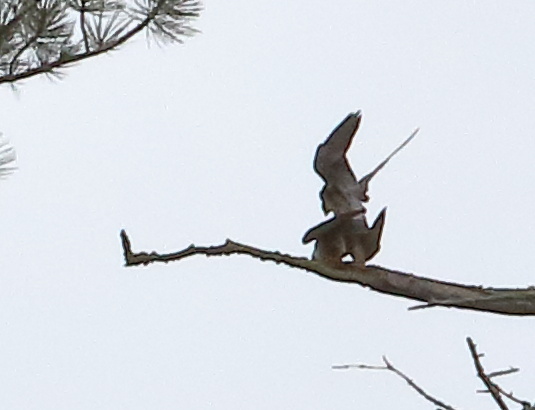Don’t be shy—subscribe by filling out the box below and to the right!
My recent trip to Texas offered so many rich avian experiences, I am hard-pressed to blog about them all, but one I simply must add is my first—and entirely accidental—visit to a HawkWatch site. It all began when my friend Jeanette Larson, author of the wonderful book Hummingbirds: Facts and Folklore from the Americas, suggested I bird a place I’d never heard of: Hazel Bazemore park just west of Corpus Christi. Waking up the morning after my last HummerBird Celebration event, I threw my stuff in the rental car and headed through Corpus Christi, experiencing a delay of half an hour when I encountered a shorebird-rich target area at a place called Indian Point!
Arriving at Hazel Bazemore, an unassuming park in the suburbs, I spied two people with binoculars and spotting scopes and stopped to ask them where the best places to bird might be. They suggested a couple of spots and let slip that they were there to observe migrating raptors at a platform just across from where we stood. “You can come over and hang out,” they offered, but since they weren’t set up yet, I decided to explore the rest of the park. I’m glad I did as I saw several each Couch’s Kingbirds, Baltimore Orioles, and Scissor-tailed Flycatchers, one of Braden’s and my favorite birds. Little did they prepare me for the main event!
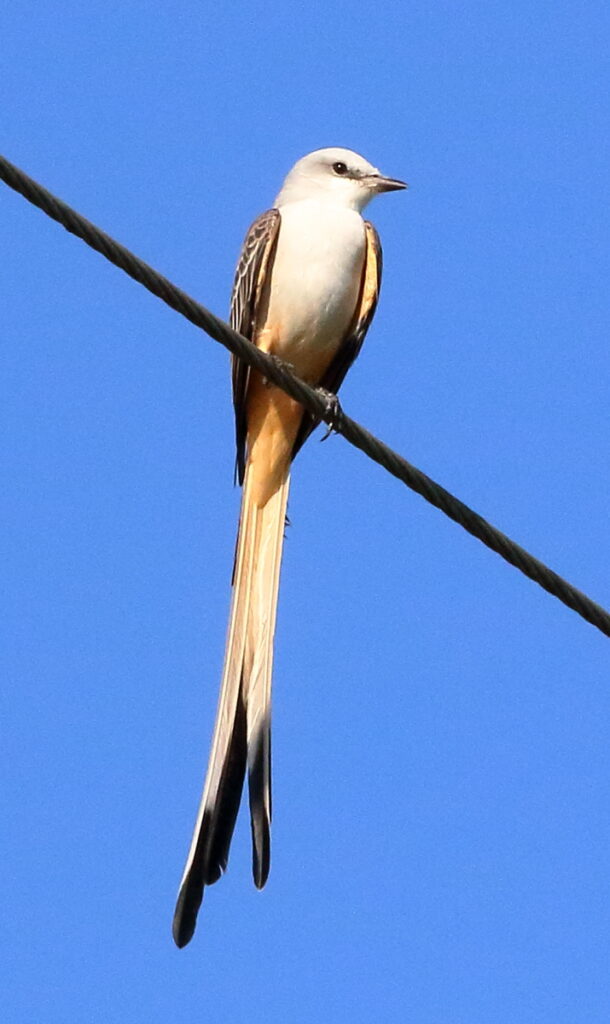
Looping back to the HawkWatch platform, I watched fascinated as the official observers picked out migrating birds from incredible distances including individual Mississippi Kites, Northern Harriers, Swainson’s Hawks, and more. Just between you and me, I have no idea how they could ID most of them, but assume that thousands of hours staring into the sky had ingrained a mastery of subtle visual and behavioral clues that betrayed each species. A few, such as a Crested Caracara, did fly close enough for me to confirm, but for most, I just had to take their word for it.
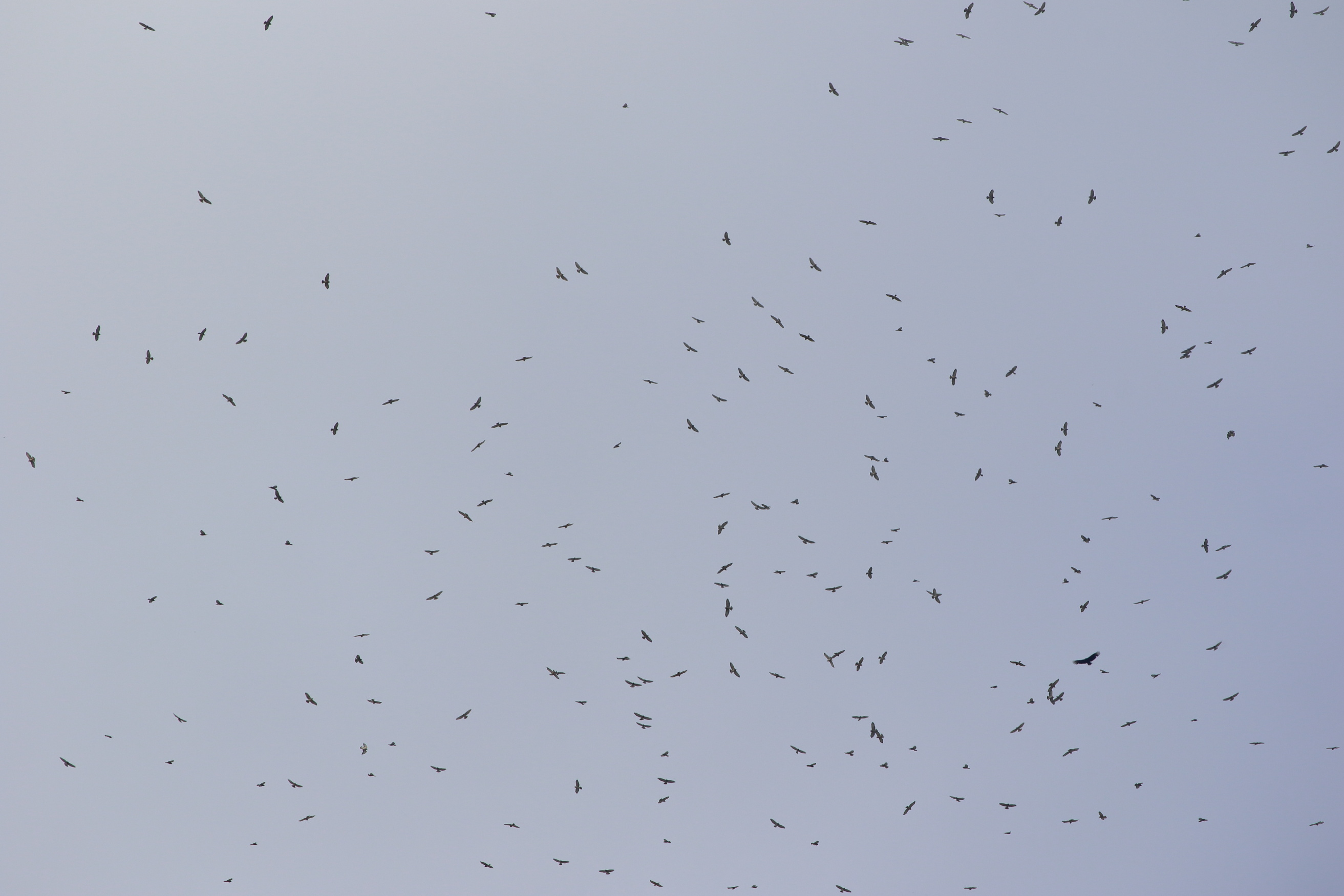
Suddenly, one of the observers shouted, “Big group of Broad-winged Hawks!” I, and several other visitors followed the direction of their scopes and, at first, I saw only clouds and blue sky. Then, I saw them—hundreds of black specks moving toward us! The hawks, accompanied by Turkey Vulture escorts, streamed directly overhead at a height of perhaps three or four thousand feet (I forgot to ask), making me forget everything except this magnificent show above me. They weren’t the last group either, as ten minutes later, another large group streamed by on the invisible river of air overhead. The second group did one better and also began circling, or “kettling”, above us, forming about as magnificent a spectacle as one can imagine. In between the two groups, a formation of about fifty Anhingas migrated by—something I didn’t even know they did, while off in the distance, more than one hundred White Pelicans also circled.
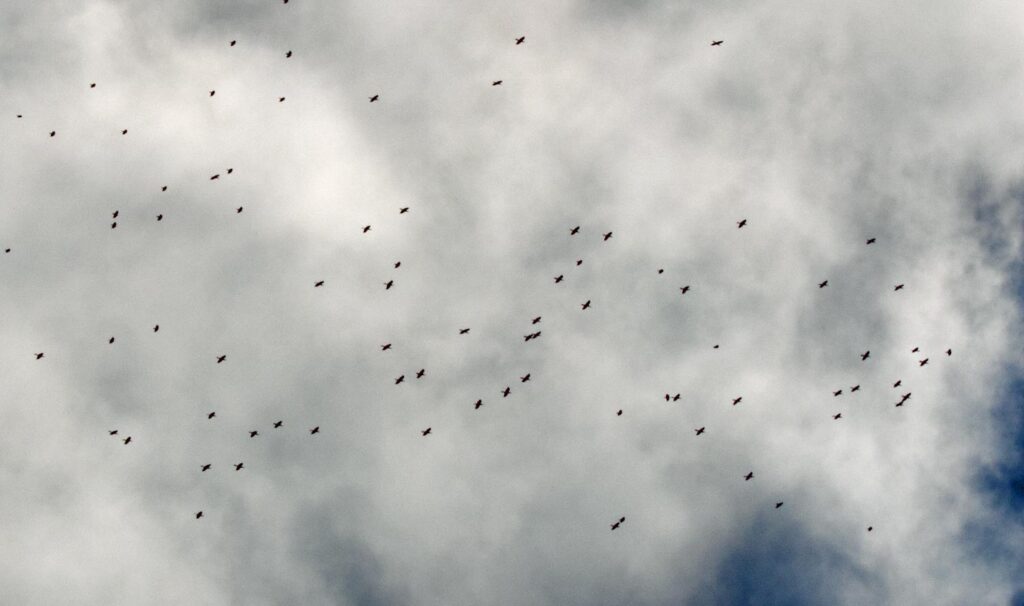
As if that weren’t enough, I also picked up my Lifer Bronzed Cowbird and ABA Lifer Buff-bellied Hummingbird at feeders next to the platform, both thanks to the keen eyes of a fellow birder who had come to join the bird spectacular. This was all enough to make me more interested in HawkWatch International activities. The organization runs or oversees dozens of sites throughout the world for scientific research purposes, including some sites in my home state of Montana, but I have never been to any. Going forward, this is something I need to change!

